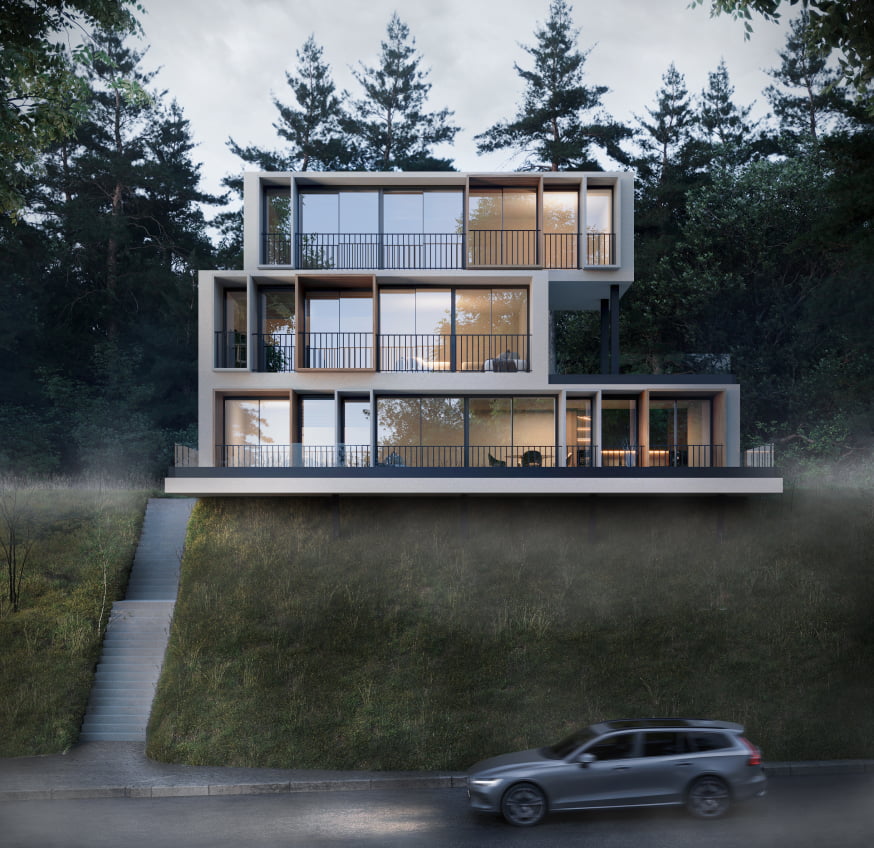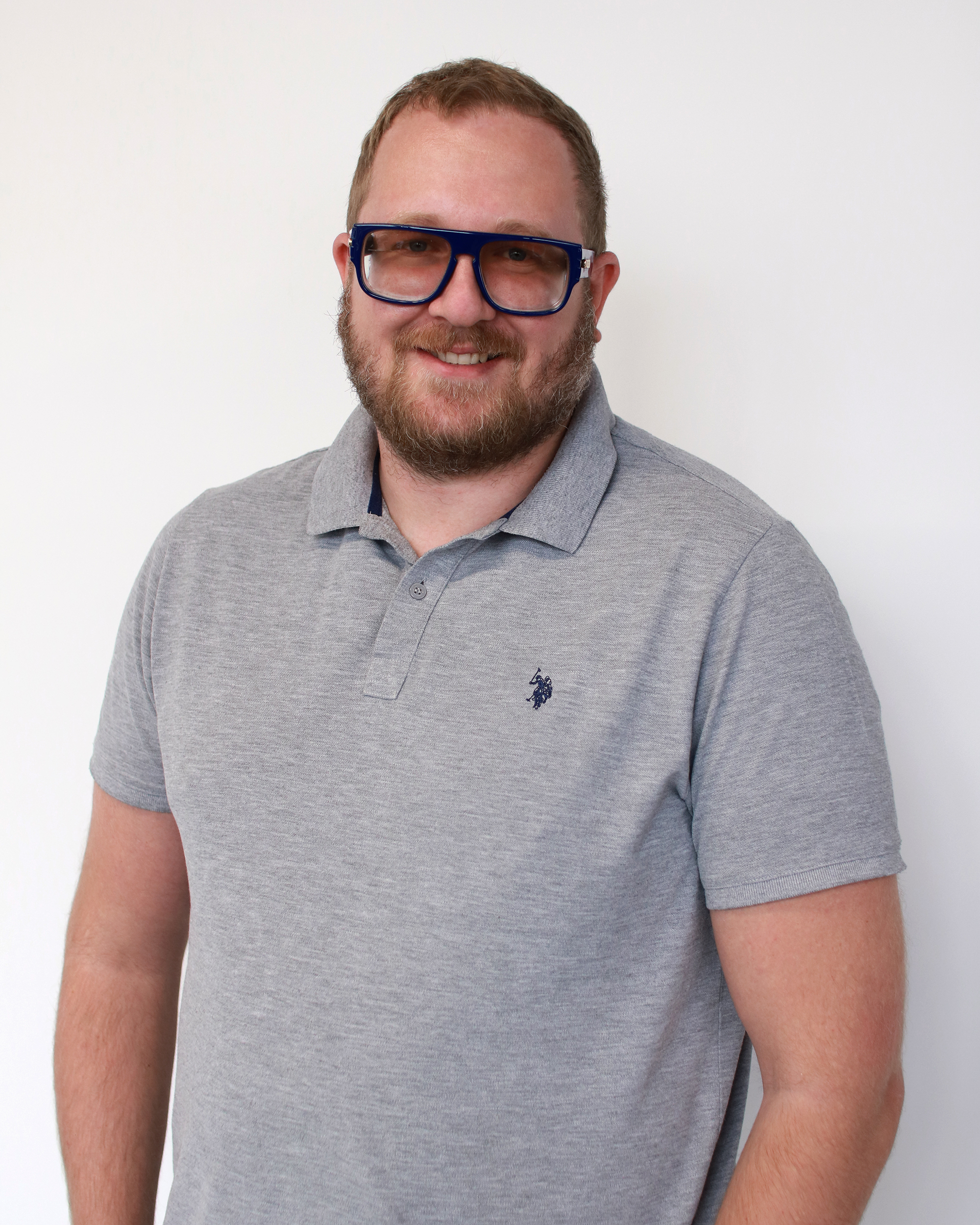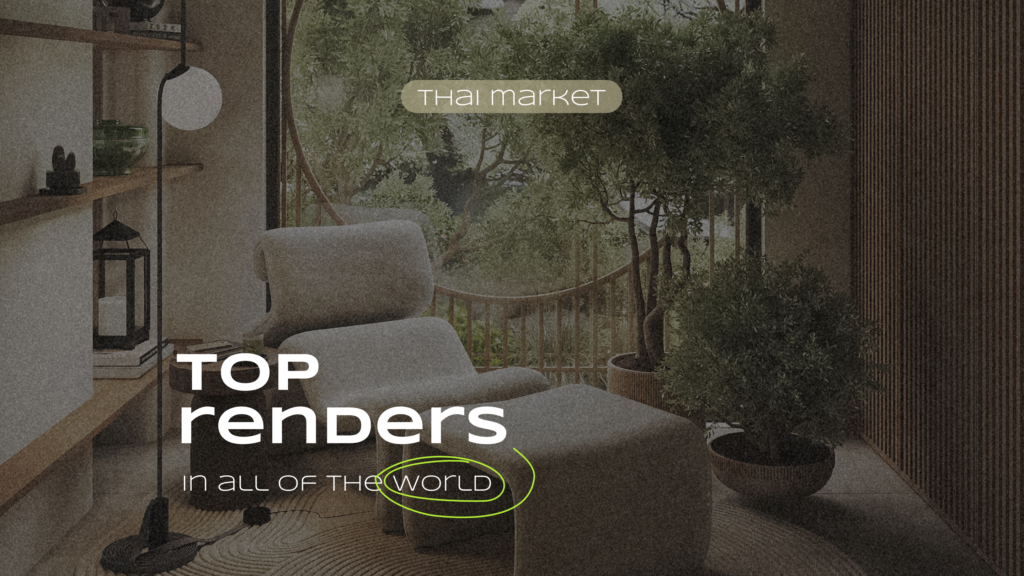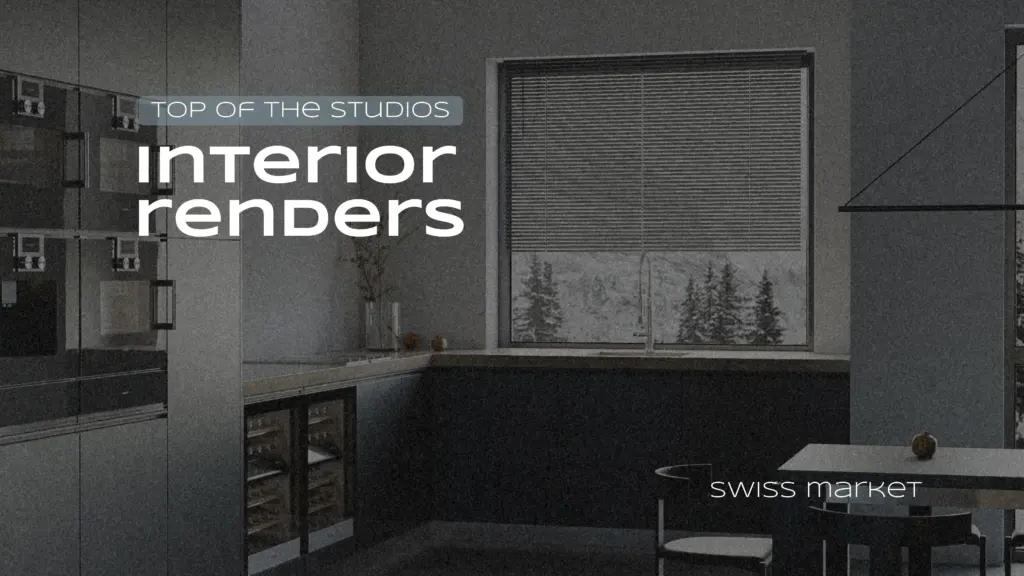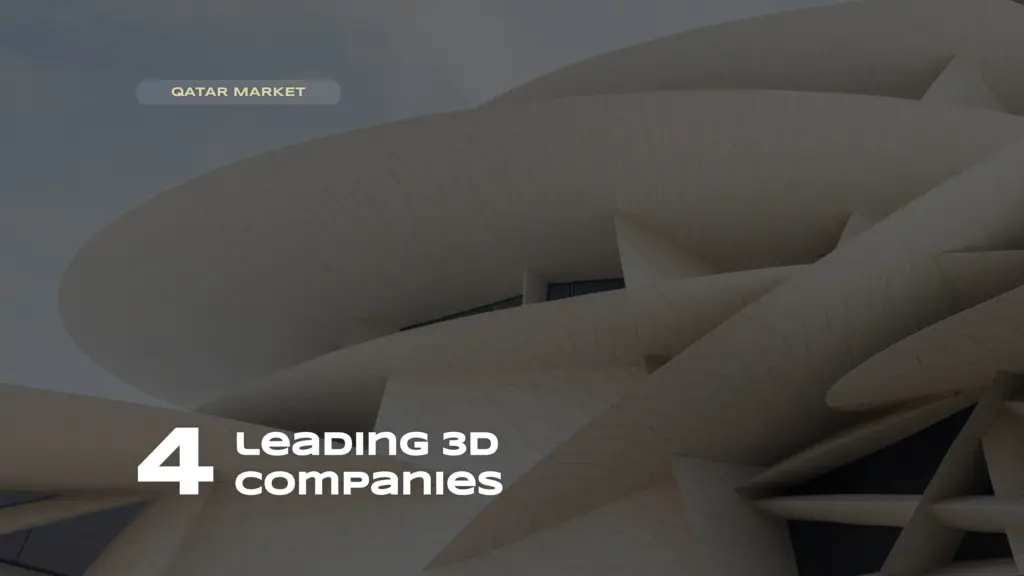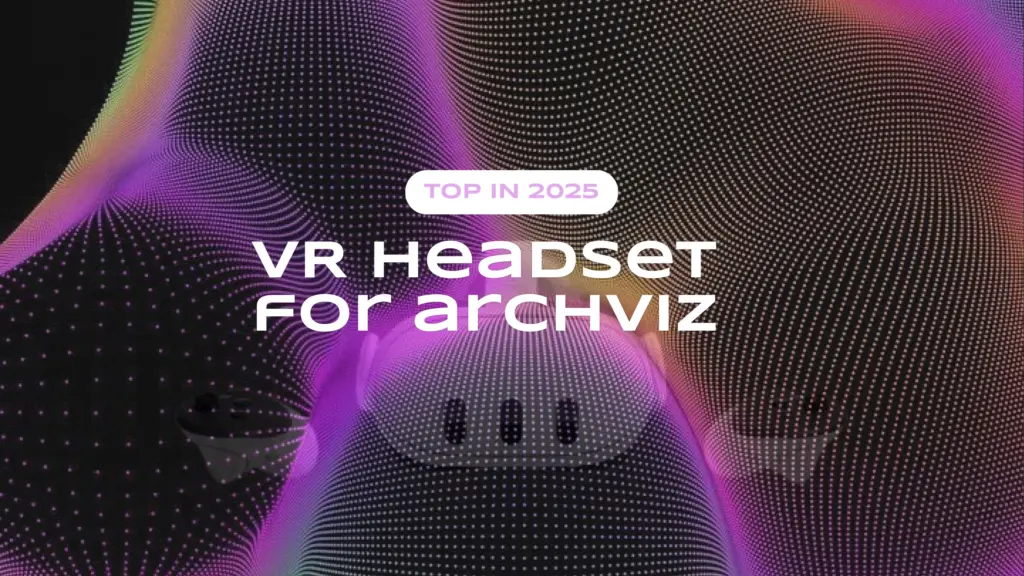Image or Marketing Tool? How Visualization Increases Sales in Furniture Manufacturing

Header of feedback form
Let’s be clear: the importance of visual content in the 21st century cannot be underestimated. It is the content unit that turns society into potential consumers and, eventually, into clients and advocates for your business. It acts as a beacon, signaling the social orientation of your company. This is especially true when the content unit is a render. Does a simple product image really deserve so much attention from top managers and company CEOs? Let’s dive into this in the article.
Marketing and Visualization – A Synergy of EffectivenessMarketing and Visualization – A Synergy of Effectiveness
The world has changed. Marketing pressure on consumers and ubiquitous advertising no longer sell the way they did just seven years ago. The reason is the race for attention – influencers, media personalities, and bloggers, as well as businesses, are all directly competing for seconds of screen time.
The approach to content creation has also evolved. The meticulously polished product images, created by a team of 15 people including photographers, models, retouchers, assistants, videographers, and other “fairy tale” characters, are now a thing of the past – artificial intelligence has taken over. Today, you no longer need a budget for a photo shoot; a simple MidJourney subscription will suffice.
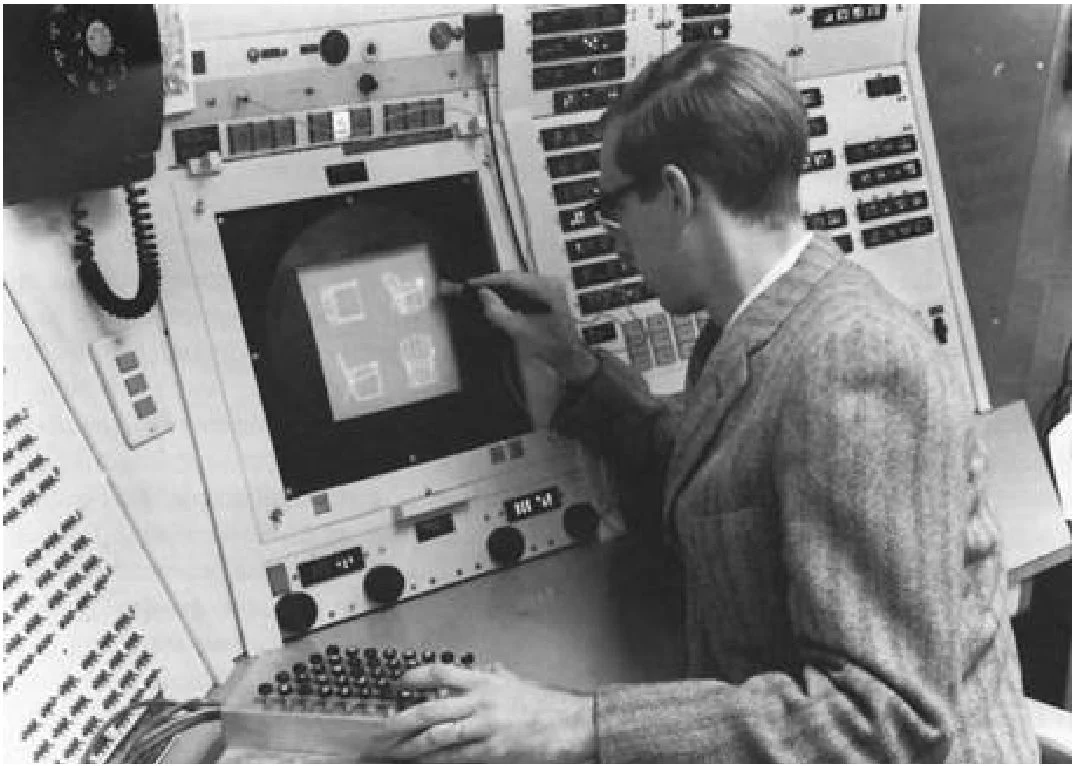
However, there are still gaps, or better yet, flaws, in the content creation process. The indispensable neural network produces soulless and distinctly human-eye-recognizable results: insincere smiles of drawn people and creepy backgrounds, if you look closely. Now, it’s not the image itself, but its quality that has become a key factor for the consumer. The image tells them not only about the product but also about the business behind it.
We should also touch on how visuals influence pricing. Due to the growing wave of consumerism, people no longer buy a product for the product itself. They buy it for the experience, the atmosphere, or the bonuses that the atmosphere gives them. Furniture manufacturers no longer sell beds, sofas, tables, and chairs. They sell quality sleep, warm evenings with friends in the living room, aesthetic breakfasts, and a pain-free back. All of this must be communicated to the audience through a visual code – a photo or a render created without the help of the omnipotent yet insincere neural network. Ultimately, the quality, atmosphere, and sincerity of the visuals will differentiate your business.
Visuals are a delicate bridge of communication between the brand and the consumer. You’re transmitting not just the product itself, but also the conditions, atmosphere and sensations that it carries. You communicate your company’s missions, values and approaches through visual language. In this sense, visuals are like a transparent wall between the brand and the buyer, a universal language of interaction at every stage of the product’s life cycle: from market launch to decline. So, how do you generate this visual content in a way that builds trust in the brand, is cost-effective, and adaptable?
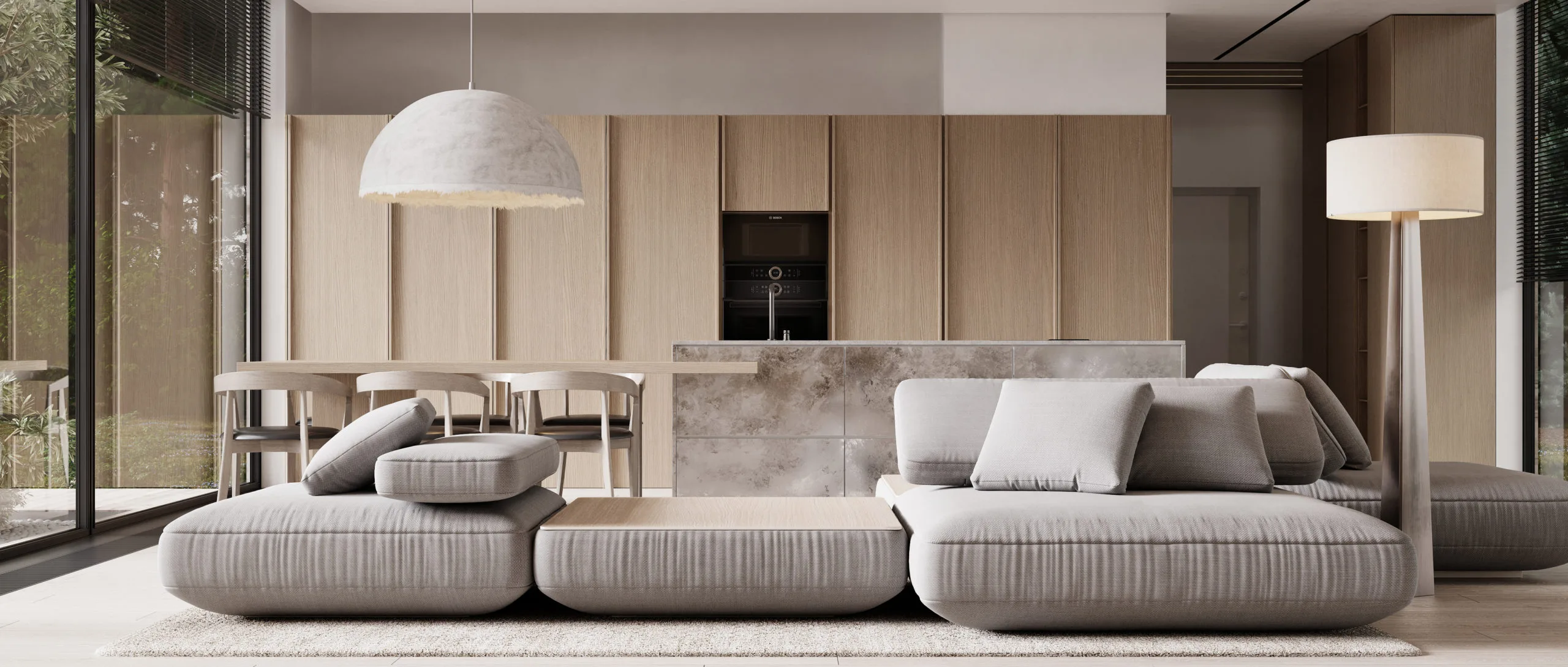
3D Content Generation
The best choice is 3D modeling and visualization. Photography pales in comparison to the capabilities of artificially created images. First, product photo shoots are still an expensive way to create marketing campaigns. Photographer, retoucher, assistant, model fees, studio rental, equipment and decor all add up, especially for smaller brands. Visualization is cheaper and requires less energy. You just need to give the technical brief to the team.
The second factor is time. A photo shoot and retouching can take anywhere from 3 days to a month, depending on the number of shots needed and the availability of specialists. A simple 3D visualization, on the other hand, can be created in a few hours, and can be changed an infinite number of times. Want to add a throw blanket? No problem. Reduce the shadow of the sofa? Done. Add small fibers to enhance the photorealism? It’s ready. Unfortunately, you can’t make major changes to a photo.
The third factor is scale. What if your product is huge? Transporting it to a photo studio or shooting location could take a lot of time, a team of workers and a lot of free space in the vehicle. The exterior of large objects in renders can be changed with the click of a button.
The final, but still important, factor is the presence of the product itself. Sometimes, you need to gauge demand to estimate profitability, production costs or attract investments in a startup project. There’s no need to spend time prototyping – you can create visual representations of the product and start marketing campaigns immediately, before actual production begins.

Competition and Pricing
Faster, better, stronger – that’s the modern business mantra. The information void sucks your content consumers in, leaving them no time for in-depth product analysis. Capturing attention has become almost the main game for business owners, not for life, but for seconds of screen time.
The logical conclusion here is that, to stand out from competitors or at least be among the industry leaders, businesses need to be highly flexible and adaptive, working proactively. Launch new products faster than the competition. Feel and adapt to global trends, including visual ones. Occasionally, adjust the configuration of the product and tweak its external attributes. Create new scenarios for using your product and imprint them in the consumer’s mind. Of course, no form of operational activity compares to how quickly changes can be reflected in product visuals. Renders are created in a matter of hours, so any business strategy change is easily mirrored in the visuals. By replacing photo shoots and video filming with manual renders and motion graphics, you reduce time and costs, giving you an edge in a competitive environment. The key here is to find the right visualization studio.
Top Criteria for Choosing a StudioTop Criteria for Choosing a Studio
First, take a look at the portfolio. How well are the images executed? Are the textures, lighting and environment accurate? Does it look more like a photograph than a digital render? If the answer is yes, you’re dealing with a good studio. To check the reliability of the company, request a couple of projects that aren’t in the portfolio. If their quality is on par with the portfolio, then you can confidently engage them for visualization work.
Second, learn more about the company. What other services do they offer? How many clients do they manage at once? Read reviews, ask about the team size. Try to ask managers delicate questions: How do you distribute the workload among the team? How do you handle a large number of orders? If such questions leave them speechless, it’s best not to work with that company.
Third, request a free test assignment. In the industry, it’s common practice for visualization studios to offer a free test render to showcase their quality and workflow. This gives you an extra point of trust.
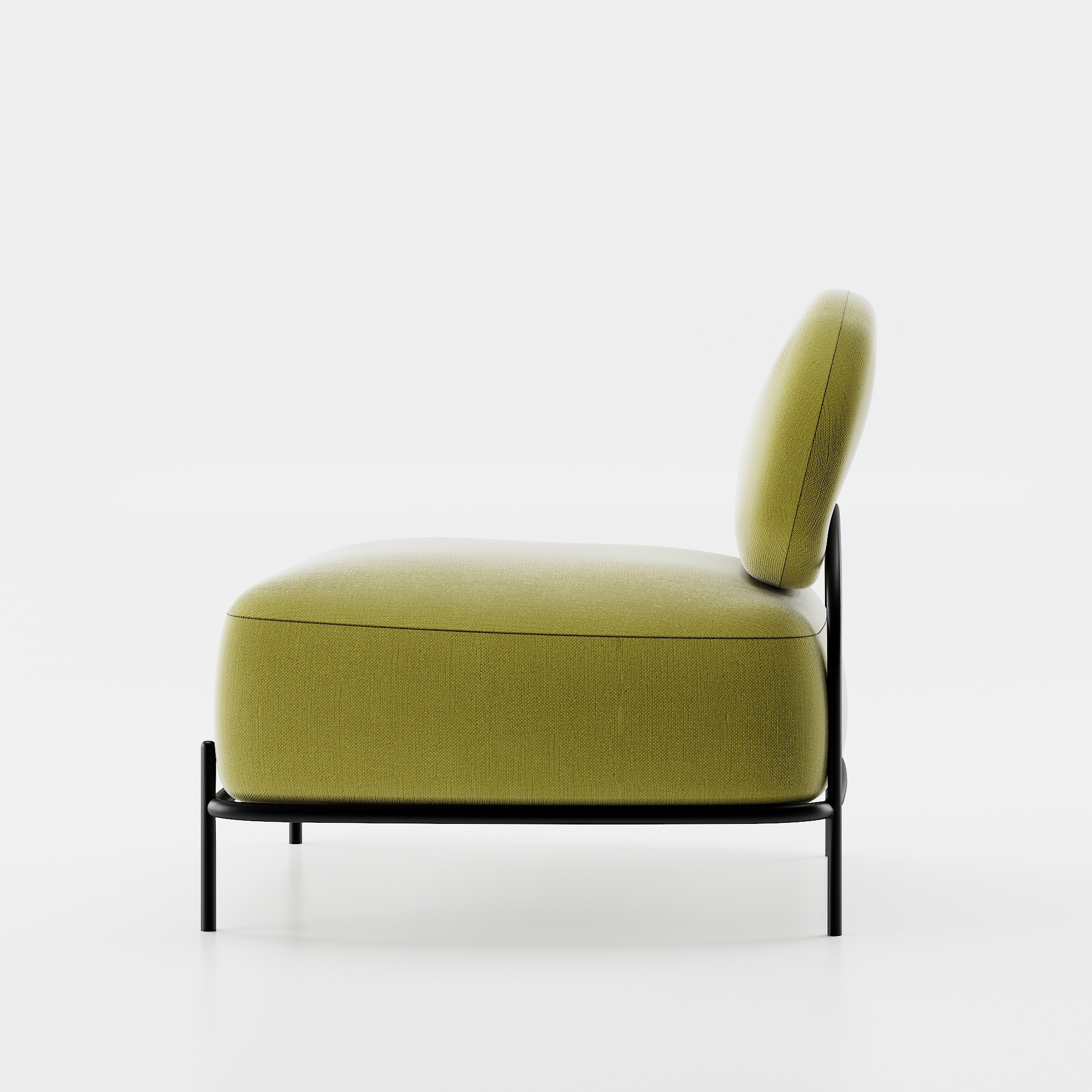
Fourth, schedule an in-person meeting. Meet the team, learn about their production nuances, the number of revisions, and check out internal projects. Often, these are very different from the public portfolio, either in quality or variety. Choose the team with the latter.
Fifth, monitor their social media. 3D visualization is a field at the intersection of creativity and technology, so many visualizers participate in interesting competitions and are involved in various events. Choose a studio that has a presence on major platforms like Behance or Instagram.
The Main Role of 3D Visualization in Furniture ManufacturingThe Main Role of 3D Visualization in Furniture Manufacturing
The role of content units is hard to overestimate in the 21st century. They create an emotional connection between the product and the consumer. To effectively compete for a spot in the market or more precisely, for attention, manufacturers must modernize their product promotion methods to reduce time and costs. Visualization does this job excellently. When using this visual code, manufacturers need to ensure they choose a good design studio and create a solid technical brief. By the way, we’ve already discussed this in the article.
SHARE THIS...
Our other articles
Get in touch
The art of 3D visualization is our passion. We specialize in a wide range of services to bring
your ideas to life. In our arsenal, we have architectural rendering, interior visualization, 3D product visualization, 360-degree panoramas, virtual reality (VR), architectural animation, rendering
for metaverses, and many other capabilities.
If you’re looking to elevate your business with stunning visualizations, simply fill out the form below. Our team will get in touch with you shortly to kickstart work on your project. Let’s collaborate to create visualizations that will amaze your clients and help you achieve your goals.
Contact us
